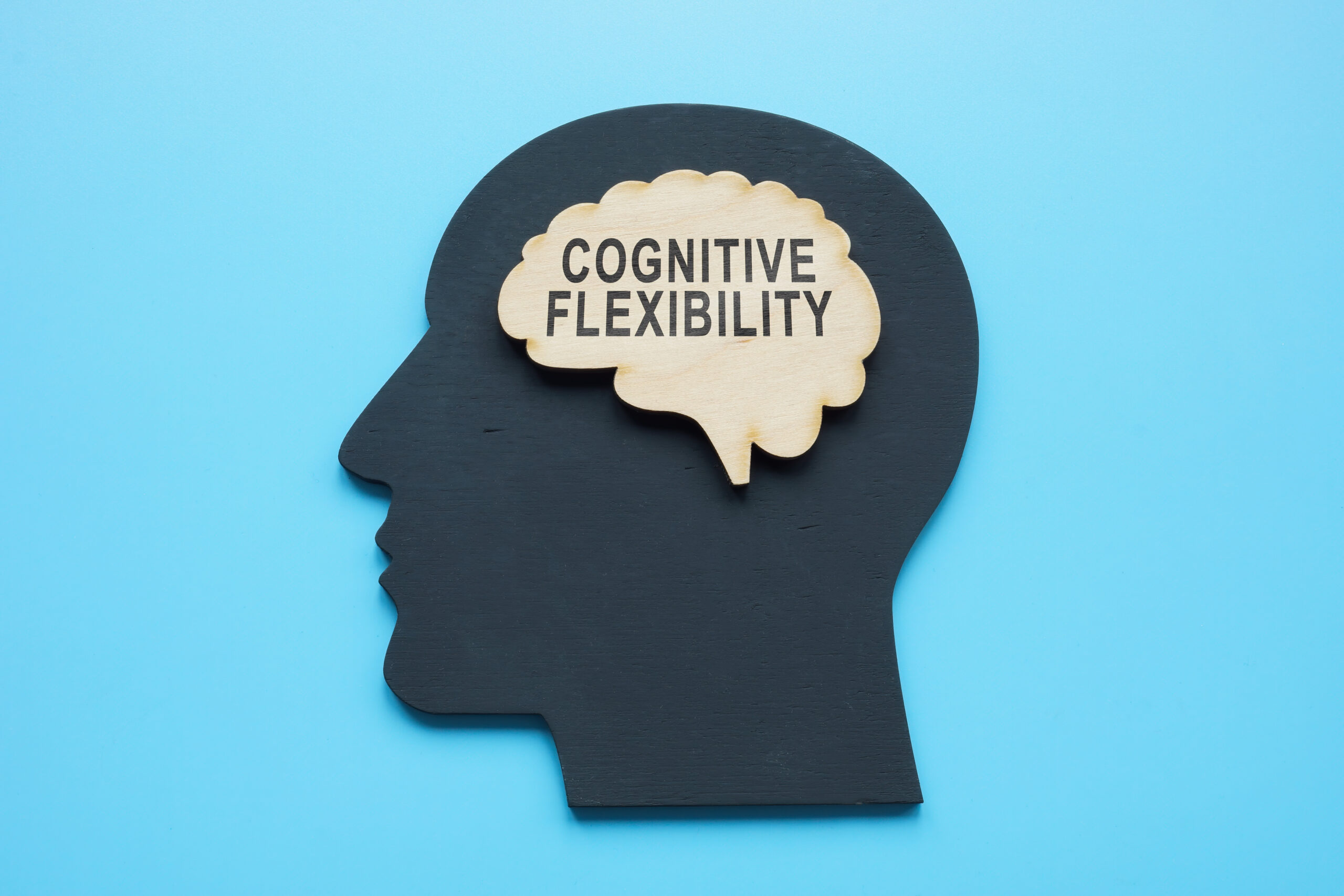Tell me about cognitive behavioral therapy for hoarding
Cognitive Behavioral Therapy (CBT) is a well-known and widely used form of psychotherapy that has been proven to be highly effective in treating a variety of psychological disorders. One disorder that CBT has been found to be particularly helpful in is hoarding. Hoarding, also known as compulsive hoarding or hoarding disorder, is a serious mental health condition that affects millions of people worldwide. It is characterized by the excessive accumulation of objects and a difficulty in parting with them, even if they have no real value or use.
Hoarding is not just about having a lot of clutter or being messy. It is a complex disorder that involves deep-rooted thoughts and behaviors that can be challenging to change. However, CBT has shown great promise in addressing these underlying issues and helping individuals with hoarding to improve their quality of life.
So, what exactly is CBT, and how does it work in treating hoarding?
CBT is based on the idea that our thoughts, feelings, and behaviors are all interconnected. In other words, the way we think about things can affect how we feel and behave. In the case of hoarding, this means that the thoughts and beliefs a person has about their possessions can contribute to their hoarding behavior. CBT aims to identify and challenge these thoughts and beliefs, ultimately leading to a change in behavior.
The first step in CBT for hoarding is to establish a trusting and supportive relationship between the therapist and the individual. This is crucial as individuals with hoarding tendencies may feel ashamed, embarrassed, or defensive about their behavior. The therapist will work to create a safe and non-judgmental space where the individual can express their thoughts and feelings without fear of being criticized.
Once this relationship has been established, the therapist will use various techniques to help the individual understand their thoughts and behaviors related to hoarding. One such technique is called cognitive restructuring, which involves identifying and challenging the negative thoughts and beliefs that contribute to hoarding behavior. By replacing these thoughts with more realistic and positive ones, individuals can begin to see their possessions in a new light.
Another essential aspect of CBT for hoarding is exposure therapy. This involves gradually exposing the individual to the source of their anxiety, in this case, their possessions, in a controlled and safe environment. Through this exposure, individuals learn to confront their fears and anxieties and develop coping strategies to manage them.
In addition to these techniques, CBT also focuses on developing practical skills for organizing and decluttering. This may include setting realistic goals, creating a plan for sorting possessions, and learning decision-making skills to determine what items to keep and what to let go of.
One of the strengths of CBT is its adaptability. Therapists can tailor the treatment to fit the specific needs and challenges of each individual with hoarding disorder. For example, some individuals may have co-occurring disorders such as depression or anxiety that also need to be addressed. CBT can be modified to address these additional issues while still targeting the hoarding behavior.
It is important to note that CBT for hoarding is not a quick fix. It takes time, effort, and commitment from both the therapist and the individual. The therapist will work collaboratively with the individual to monitor progress and make adjustments as needed. With consistency and dedication, CBT can help individuals with hoarding disorder gain control over their behavior and improve their overall well-being.
In conclusion, cognitive behavioral therapy is a highly effective treatment for hoarding disorder. By targeting the thoughts and behaviors that contribute to hoarding, individuals can learn practical skills to manage their possessions and develop healthier thought patterns. While it may be a challenging process, CBT offers hope and a way forward for those struggling with hoarding disorder. If you or someone you know is struggling with hoarding, consider seeking help from a trained therapist who can guide you through the process of CBT.





